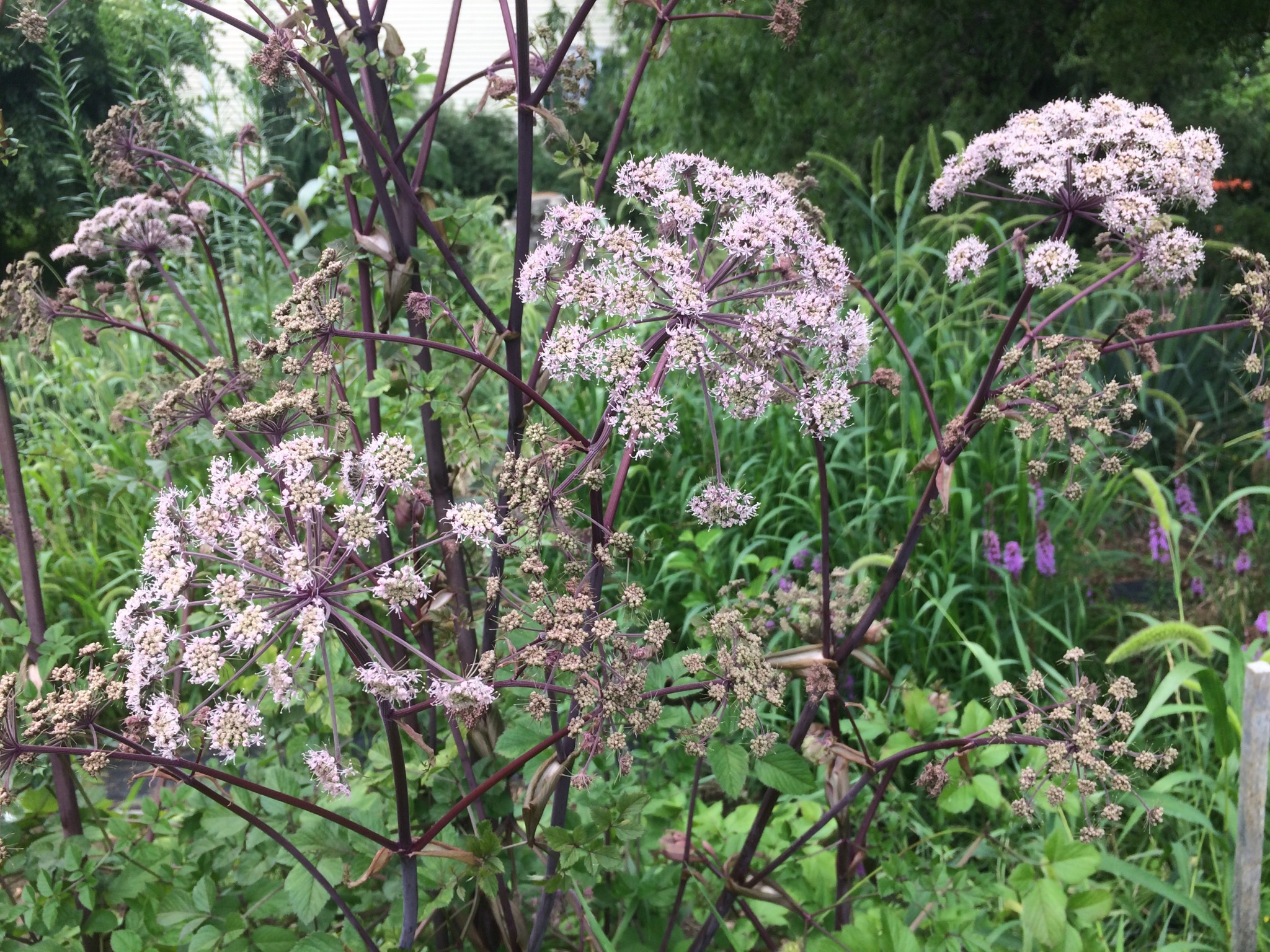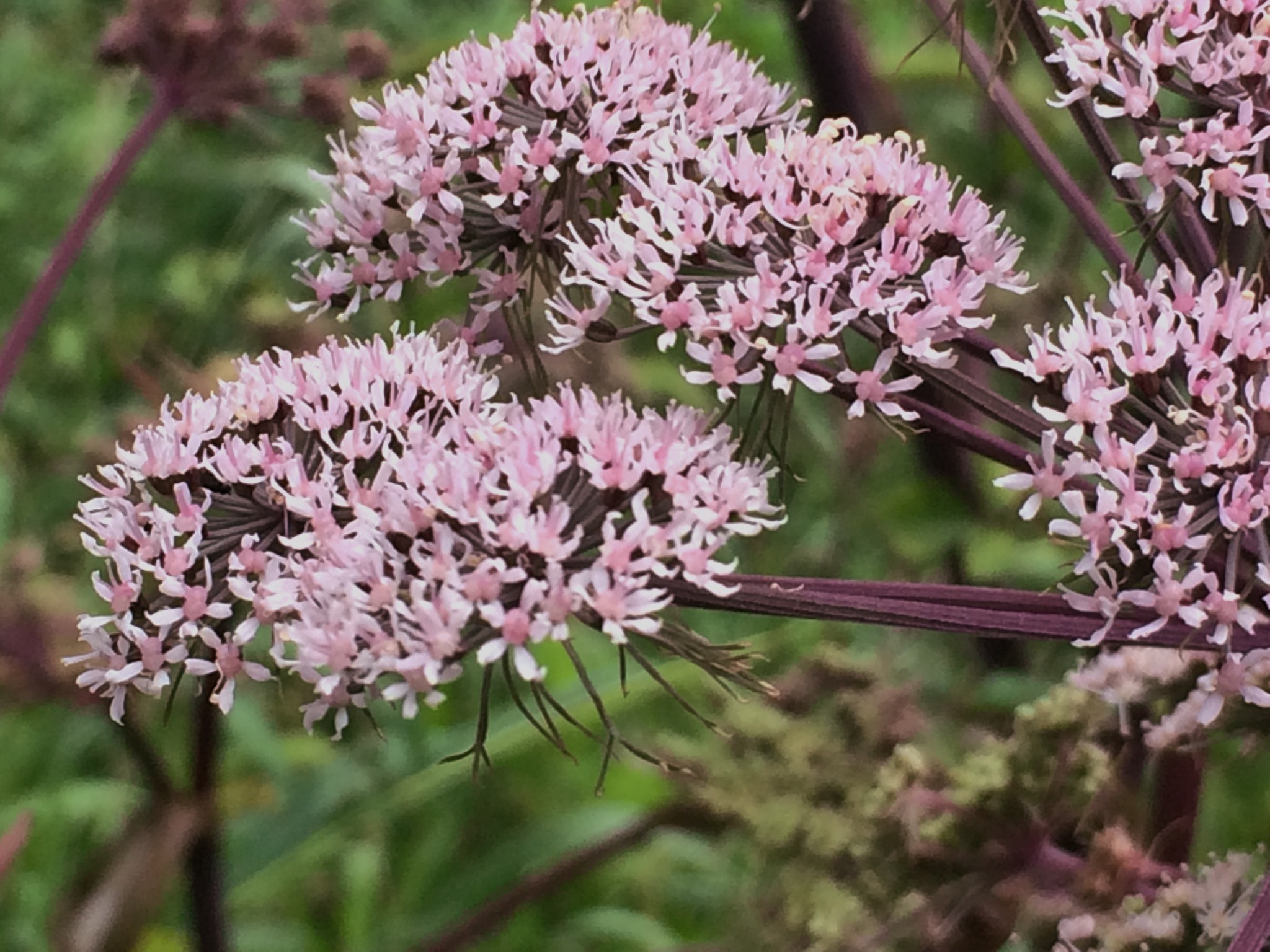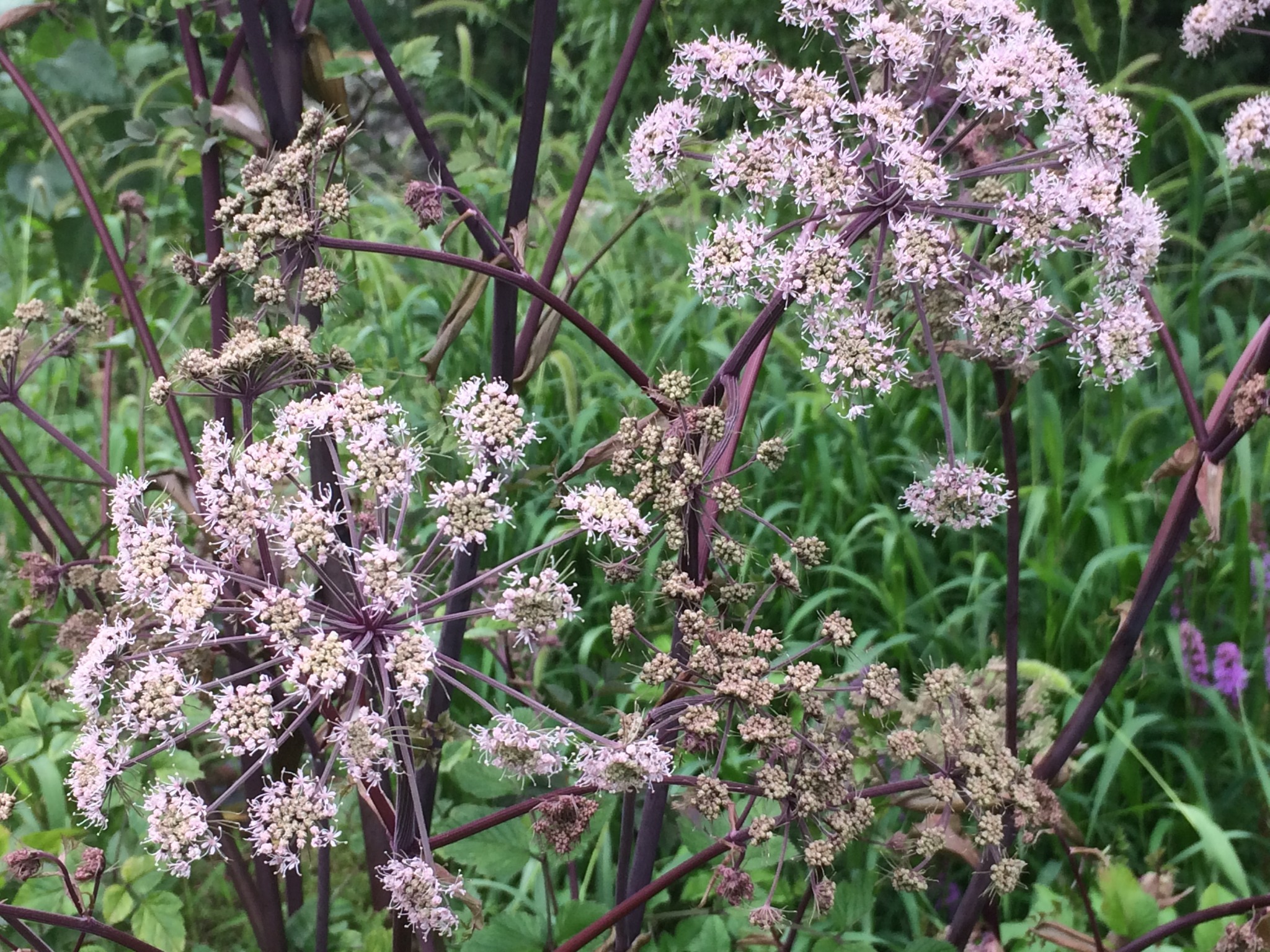Description
Imposing, glossy, deep purple stems and buds with large umbels of mauve to dusky pink to purplish late summer-early fall.
Can not ship to : Maine
Imposing, glossy, deep purple stems and buds with large umbels of mauve to dusky pink to purplish late summer-early fall.
Imposing, glossy, deep purple stems and buds with large umbels of mauve to dusky pink to purplish late summer-early fall.
Can not ship to : Maine
OUT OF STOCK
Outfacing, white, waxy cup-shaped flowers resembling single roses in late winter, evergreen leaves.
Size: 12-20” x 12”
Care: part shade in moist well-drained soil
Native: rocky places in Europe
Awards: Received Royal Horticultural Society Award of Merit.
The name Helleborus is Greek from hellein meaning “to kill” and bora meaning “food” referring to the plant’s poisonous qualities if placed in food. This species is ancient – known as long ago as 300 BC in Greece where it “purged and cured the mad or melancholicke daughters of Praetus with the roots thereof.” (Parkinson, 1629) Grown in the Eichstätt Garden, the garden of Johann Konrad von Gemmingen, prince bishop of Eichstätt in Bavaria, c. 1600. In Middle Ages petals thrown on floor to drive out evil and ward off power of witches. English herbalist John Gerard (1545-1612) strangely recommended it for curing poisoned animals. Sorcerers made themselves invisible by tossing the powdered plant in the air.
OUT OF STOCK
Green flowers in summer then, “conspicuous in winter when covered with its grayish white fruits which stay on the branches until spring.” Bailey “The leaves turn a fine brown-purple in the fall, but the berries are the thing – pewter in color, with a texture like those Fourth of July sparklers of childhood memory, they have a delicious fragrance.” Allen Lacy.
Size: 9’ x 10’
Care: sun in any soil
Native: Canada to Southeastern U.S. No pruning needed but can be pruned at any time of year, if desired.
Wildlife Value: Berries relished by chickadees, red-bellied woodpeckers, swallows, Titmouse, catbirds, bluebirds, Northern flicker & yellow-rumped warblers. Bayberry thickets also provide nesting sites for songbirds, offering excellent protection from predators.
Probably 1st collected for gardens by John Bartram (1699-1776). Offered for sale in Bartram Garden’s 1783 Broadside, America’s 1st plant catalog. In 1800’s considered “very ornamental in the shrubbery.” Fragrant leaves used for potpourri, abundant berries used to make candles. Good road-side plant, salt tolerant. Berries used to make candles. Boil berries (drupes) to melt wax coating. Collect wax from surface of water. In American Medicinal Plants Charles F. Millspaugh noted that “Candles made from this wax, though quite brittle, are less greasy in warm weather, of fine appearance, slightly aromatic, and smokeless after snuffing, rendering them much more pleasant to use than those made of either wax (paraffin) or tallow (animal fat).” 1892.
OUT OF STOCK
Sprays of large, single warming yellow daisies, blushed with apricot top a bushy mound of light green leaves, blooms late-summer to late-fall
Size: 1-2’ x 2-3’ and spreading
Care: Full sun to part shade, tolerates normal, sandy or clay soil
Wildlife Value: Attracts bees, butterflies and birds. Deer resistant.
One of the rubellum hybrids, Hybridized in the 1930’s
OUT OF STOCK
Bushy plants bear showy, red-purple pea-like blooms age to rich purple in March-June. Spring gem.
Size: 10” x 10”
Care: sun in north to shade in south, moist well-drained soil. Drought tolerant once established
Native: No. Europe - Siberia
Awards: Royal Horticultural Society Award of Garden Merit, Elisabeth Carey Miller Botanical Garden Great Plant Picks
Introduced to gardens before 1629 when herbalist John Parkinson (1567-1650) called it “Blew Everlasting Pease.”



